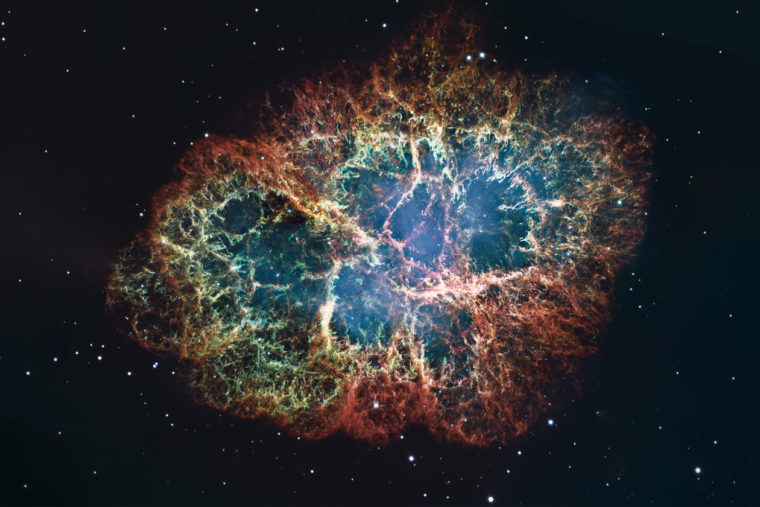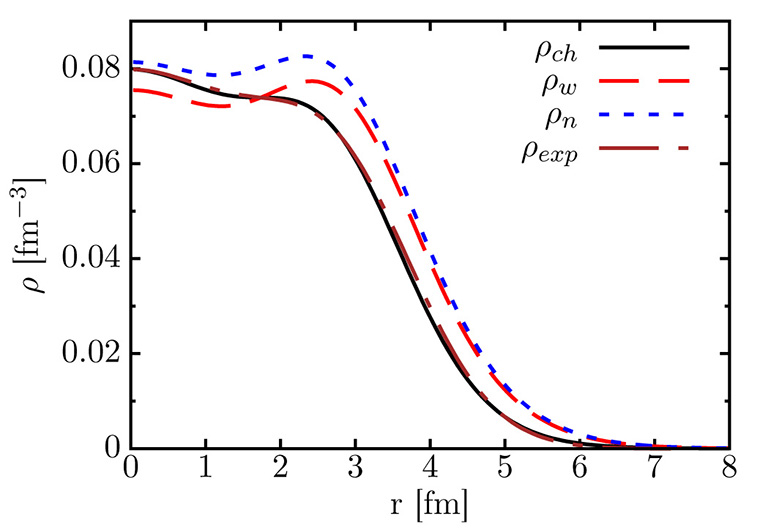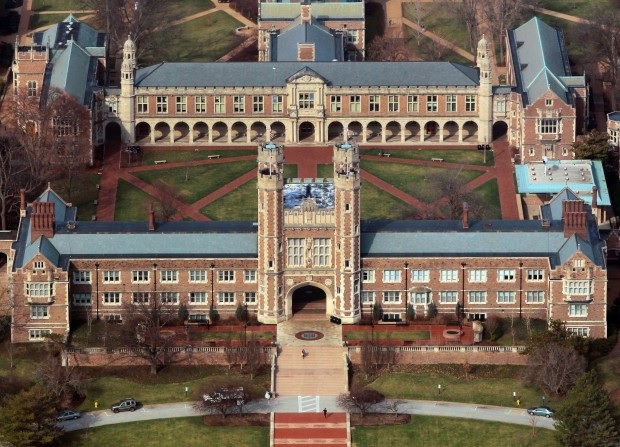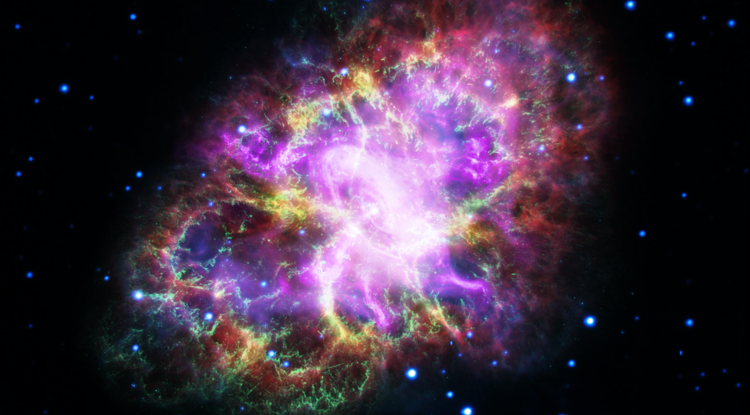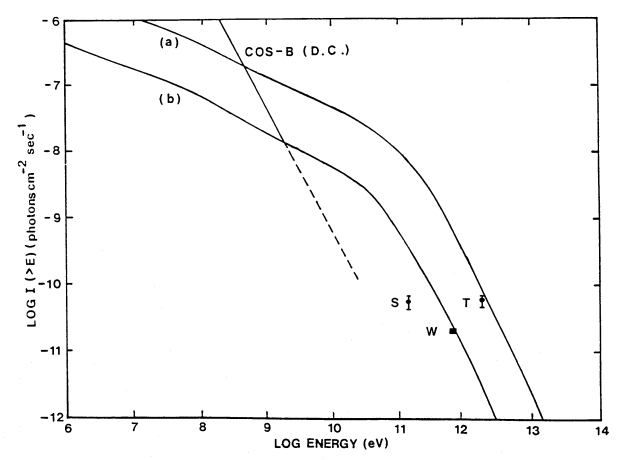
John Cocke (Photo courtesy of Nathaniel Johnston/njohnstonphotography.com)
Feb. 8, 2019
Daniel Stolte
In January 1969, only months before Neil Armstrong would step onto the moon, three UA scientists were the first to detect the optical flash from a pulsar — a stellar corpse thought to pack at least one-and-a-half times the mass of our sun into a city-sized, fast-spinning neutron star.
Fifty years ago, a team of three undeterred University of Arizona astrophysicists huddled around a 36-inch telescope inside the dome of the UA’s observatory on top of Kitt Peak.

With cobbled-together electronic equipment, W. John Cocke, Mike Disney and Don Taylor and made a historic discovery: the first detection of light flashes coming from a pulsar, a fast-spinning neutron star.
On Jan. 15, a public lecture at the UA’s Steward Observatory recounted the discovery. In the audience was none other than Cocke, a member of the original team and now professor emeritus. Cocke spoke to UANews about those few days in January 1969 that spawned a new field in astrophysics: the science of pulsars, ultra-dense corpses of formerly massive stars whose bizarre nature is only surpassed by black holes.

Located about 6,500 light-years from Earth in the constellation Taurus, the Crab Nebula is still expanding at a rate of more than 600 miles per second. (Image: Adam Block/UA Mt. Lemmon Sky Center)

What are pulsars, and what can they tell us about the universe?
Cocke: Pulsars are rotating neutron stars, which are the cores of exploded stars. A pulsar essentially is a rotating magnet, which generates an electric field, and these things are spinning so rapidly that the electric field is sucking material out from the surface of the star. That generates the high-intensity emission in radio, optical and ultraviolet wavelengths, even gamma rays. Out of each magnetic pole comes a continuous beam of electromagnetic emission as the thing rotates around. In order for us to see pulsars, their magnetic field axis has to be offset from the rotation axis, so their beam sweeps around like a lighthouse. As the beam sweeps past the Earth, we can see right down the pole just briefly as it flashes past, creating the sensation of seeing a pulse.
In a way, pulsars teach us only about the very violent fates of the few stars that are massive enough to blow themselves completely to smithereens or collapse into a neutron star and finally a black hole. Most stars are going to die very, very slowly, and as the universe continues to expand, everything gets cooler and cooler, and the universe then dies, as T.S. Eliot would say, “not with a bang, but a whimper.”
When your boss, Steward Observatory Director Bart Bok, learned about your observations and what you found, he was “horrified.” Why?
Cocke: Because only one of us (Taylor) had experience with telescopes and instrumentation. Mike Disney and I were theorists, and the whole thing was so improbable, you see, that nobody, including us, thought that we would actually find something. A month before, I had asked a number of pundits at the American Astronomical Society Meeting whether it was a good idea or just a waste of time to look for this thing in the middle of the Crab Nebula, and they said, “Don’t bother, it won’t pan out.”

John Cocke next to the 21-inch telescope at Steward Observatory on the UA campus. (Photo courtesy of Nathaniel Johnston/njohnstonphotography.com)
How did the project come about?
Cocke: The first radio signals from what we now know are pulsars were detected by by Jocelyn Bell and Antony Hewish in the autumn of 1967.
Women in STEM – Dame Susan Jocelyn Bell Burnell



At that point, radio astronomers were really concerned how something as massive as a star could emit pulses that were only a second or a second and a half long. The first joke that came out was that these were radio signals from advanced civilizations, which became known as the LGM, the “Little Green Men” idea. Of course, nobody really believed that except people wearing tin foil helmets.
At first the signals were believed to come from white dwarfs (burned-out stars similar to our sun) as they expanded and contracted. But then a very fast pulsating star was discovered in the Vela constellation in the Southern Hemisphere emitting pulses lasting one-tenth of a second, and that blew the white-dwarf theory right out of the water.
In early November 1968, radio astronomers discovered this thing associated with the Crab Nebula that emitted about 30 pulses per second. At that point, everybody understood that they had to be neutron stars, and I had wondered about looking for optical counterparts of these things for a few months before. This pulsar, then, that was located rather near the Crab Nebula made me think of a very peculiar star in the middle of the Crab Nebula named for its discoverer, Swiss astronomer Walter Baade. He recognized that star was very peculiar and may be the collapsed remnant of the supernova explosion that had created the nebula itself. It is emitting a lot of light and even shows up on old photographic plates taken of the Crab Nebula. Mike Disney and I then teamed together, once we realized we were both theoreticians interested in gaining some experience doing observing. He suggested we cobble together some instrumentation that would allow us to do this.
How did you go about making the first optical observations of a neutron star?
Cocke: We were looking into a pretty broad spectrum in the visible light spectrum, and we knew that any optical signal coming through the 36-inch telescope from Baade’s star would be pretty faint. We weren’t really sure what was needed, except that we needed something that allowed us to build up signals in a computer synced to the pulsar itself, so we could gather up enough signal with overlapping pulses coming in that we could build up a detection out of the noise.
Interestingly, there was a report in the 1950s about an experienced pilot who looked at Baade’s star during a public telescope viewing and remarked that it appeared to flash, but her observation was dismissed. However, we did not know this at the time. We knew there were other groups of astronomers looking at pulsars with slower signal frequency, and they were not having success. We attached a photometer to the telescope and connected that to an off-the-shelf device called CAT – computer of average transients – which had a total memory of 400 bytes and could build up a signal above the noise so you could actually see something interesting. All of this instrumentation was put together properly by Don Taylor, and he became the third member of the team.
Can you tell us about the night of the discovery?
Cocke: The first two nights were clear but wasted because I had made a mistake in calculating the Doppler shift due to Earth’s motion through space. A few cloudy nights followed, and we ran out of our allocated observing time. But it turned out that our colleague Bill Tifft was able to give us some of his observing nights because he had to take care of a family emergency. On January 15, within a few minutes of observing, we could see the pulse as it built up on the screen. We moved the telescope off Baade’s star to a nearby star or just a blank spot to see whether or not the signal would still come through like that, and it didn’t. Then we’d move it back on the pulsar but change the frequency setting so it was off, and we didn’t see that signal, so that was a good check. We then rechecked everything and did another round on the proper position and at the proper period, and the pulse would come up again. These were all checks we had to run to make sure this thing was real. On our screen, we saw a big main pulse and a smaller, secondary pulse – the exact pattern we expected from what the radio pulses look like. That was the final clincher.
Are there any practical applications for pulsar science?
Cocke: No. (pauses) Sorry about that.
See the full article here .

five-ways-keep-your-child-safe-school-shootings
Please help promote STEM in your local schools.
The University of Arizona (UA) is a place without limits-where teaching, research, service and innovation merge to improve lives in Arizona and beyond. We aren’t afraid to ask big questions, and find even better answers.
In 1885, establishing Arizona’s first university in the middle of the Sonoran Desert was a bold move. But our founders were fearless, and we have never lost that spirit. To this day, we’re revolutionizing the fields of space sciences, optics, biosciences, medicine, arts and humanities, business, technology transfer and many others. Since it was founded, the UA has grown to cover more than 380 acres in central Tucson, a rich breeding ground for discovery.
Where else in the world can you find an astronomical observatory mirror lab under a football stadium?

An entire ecosystem under a glass dome? Visit our campus, just once, and you’ll quickly understand why the UA is a university unlike any other.



